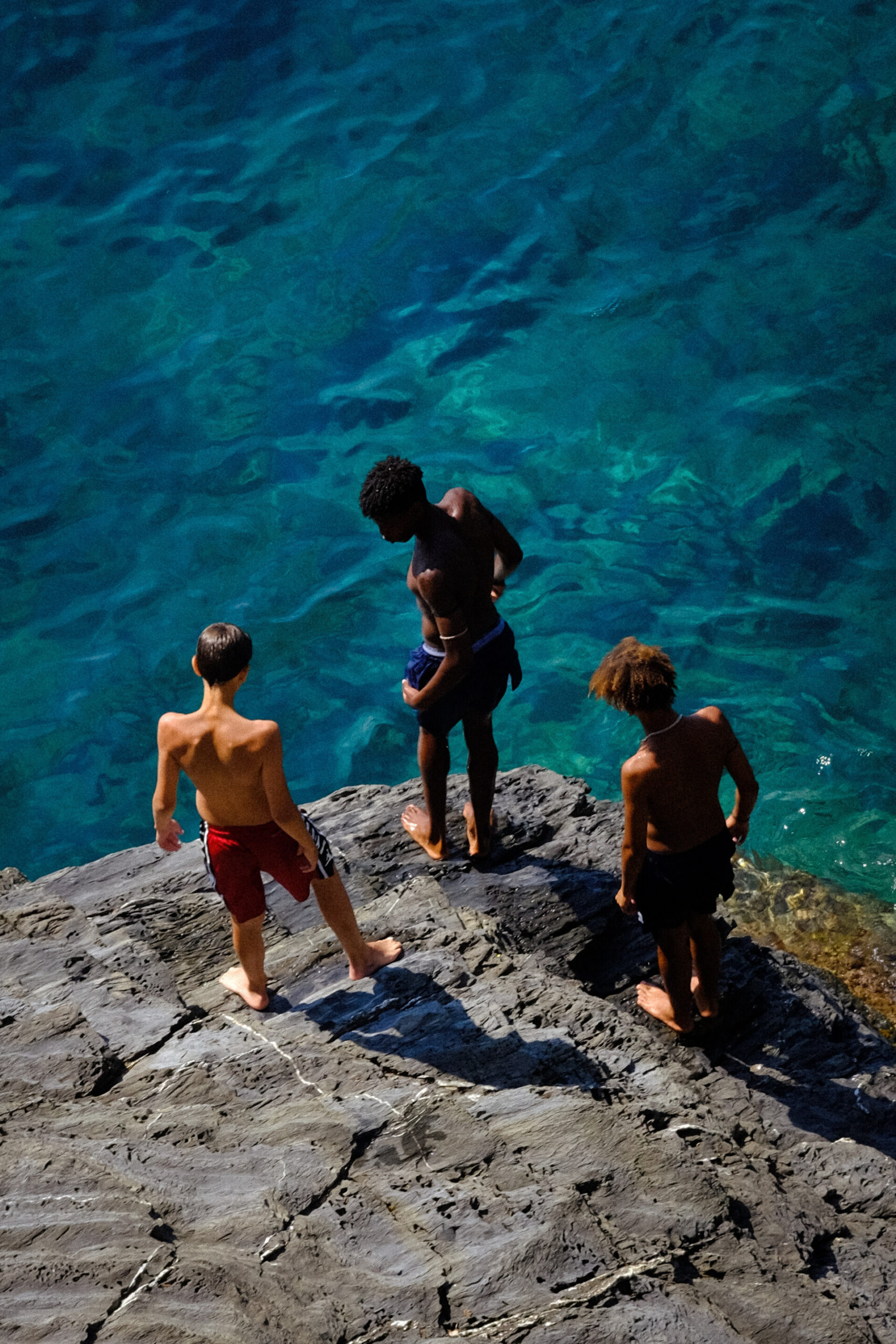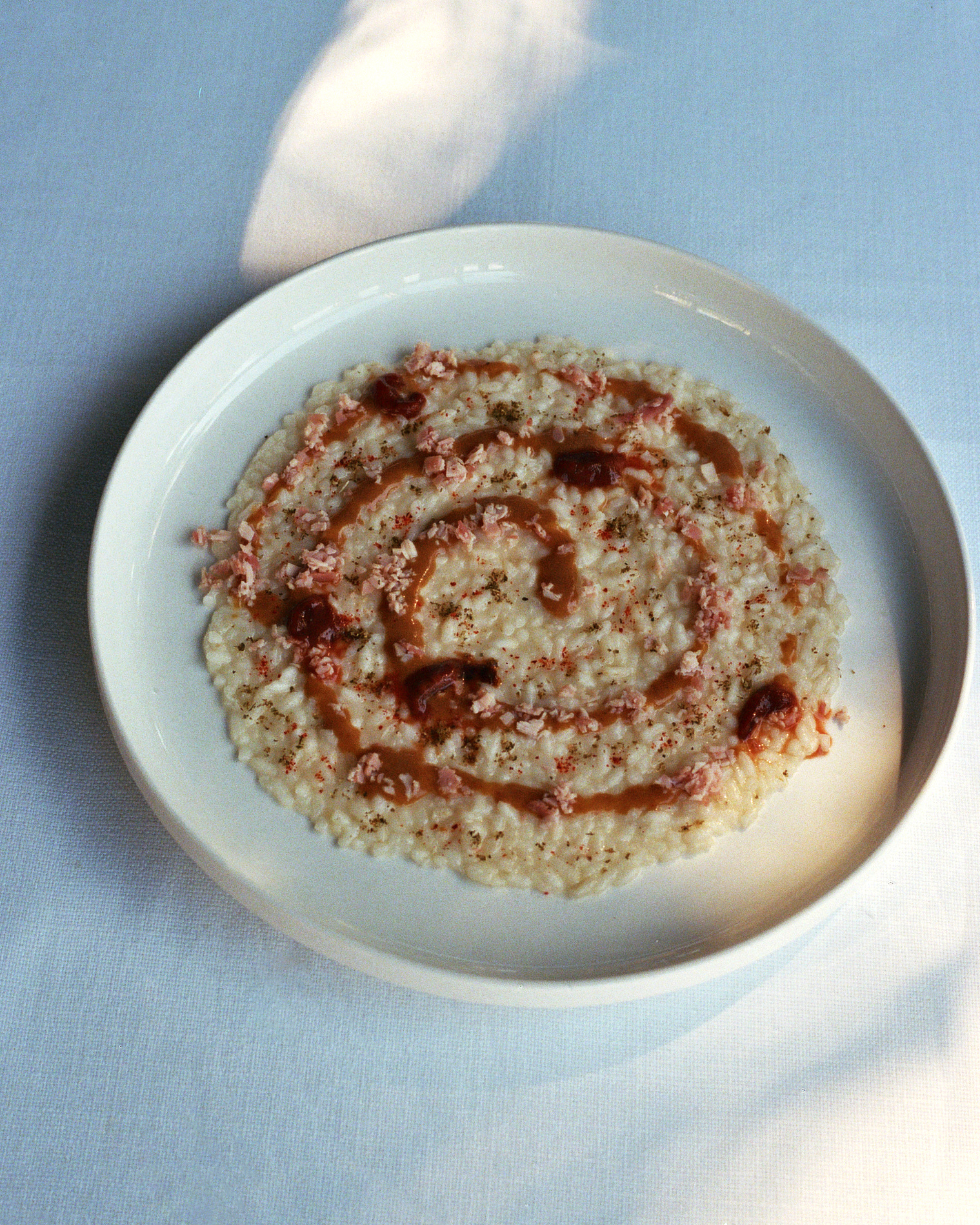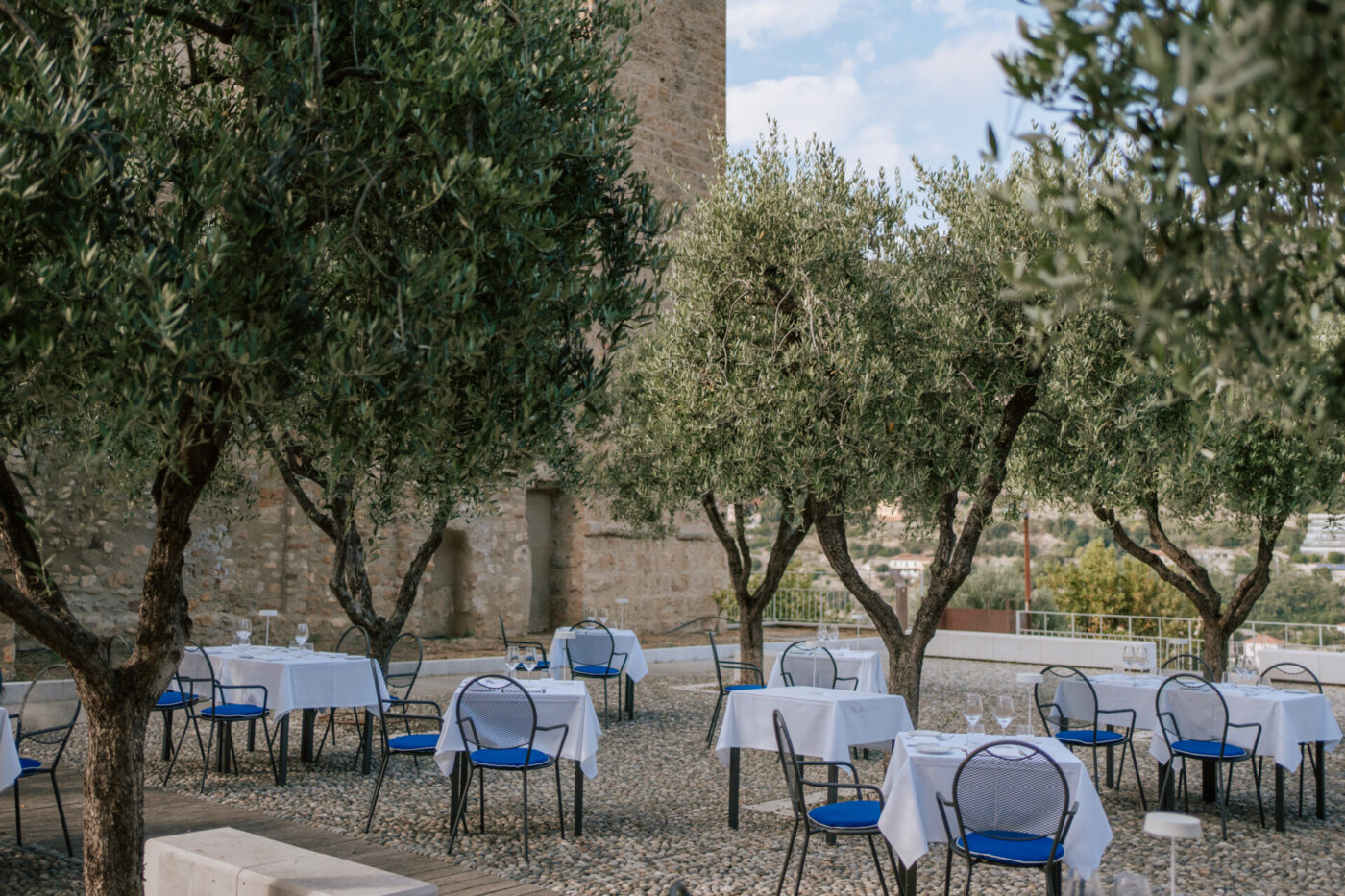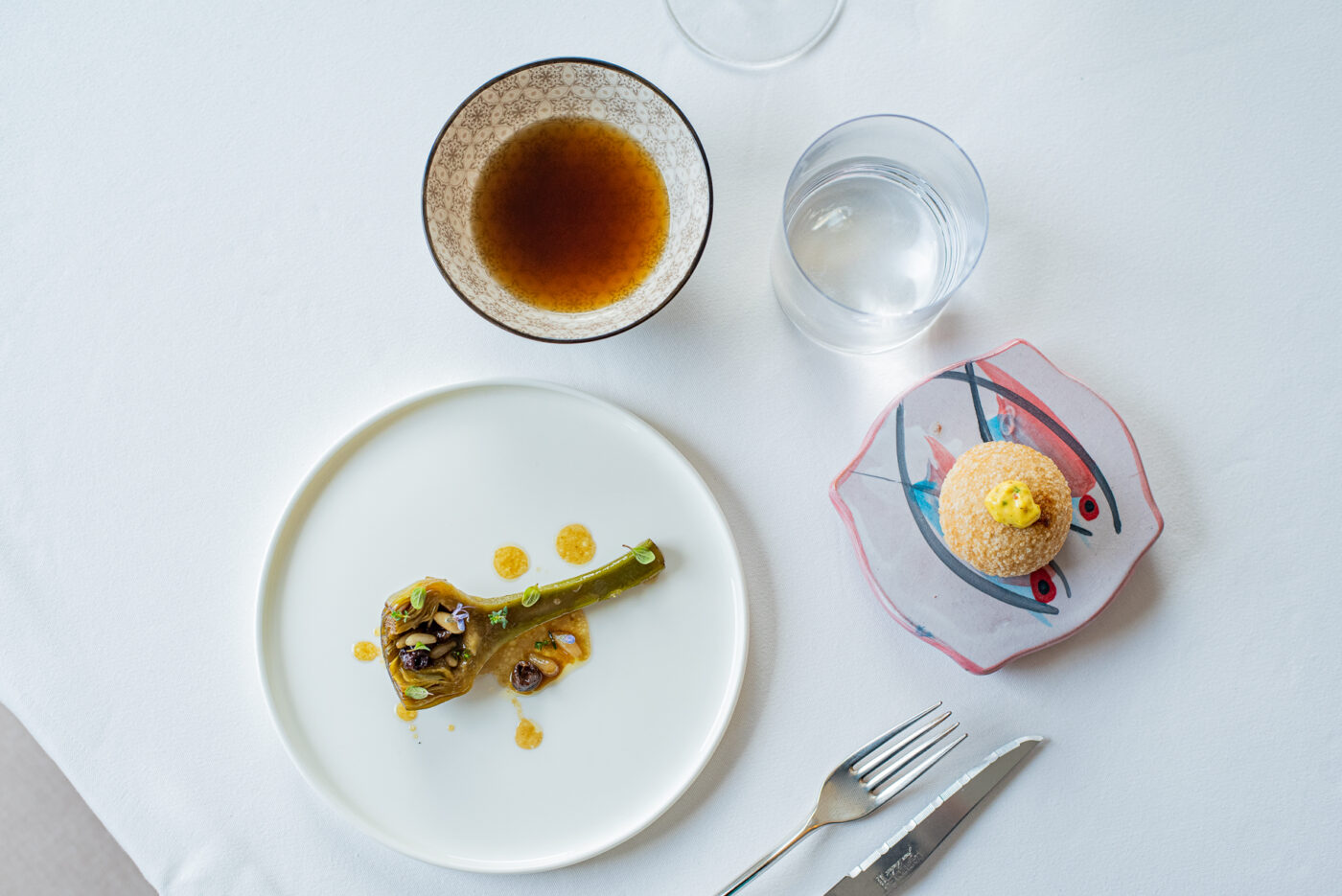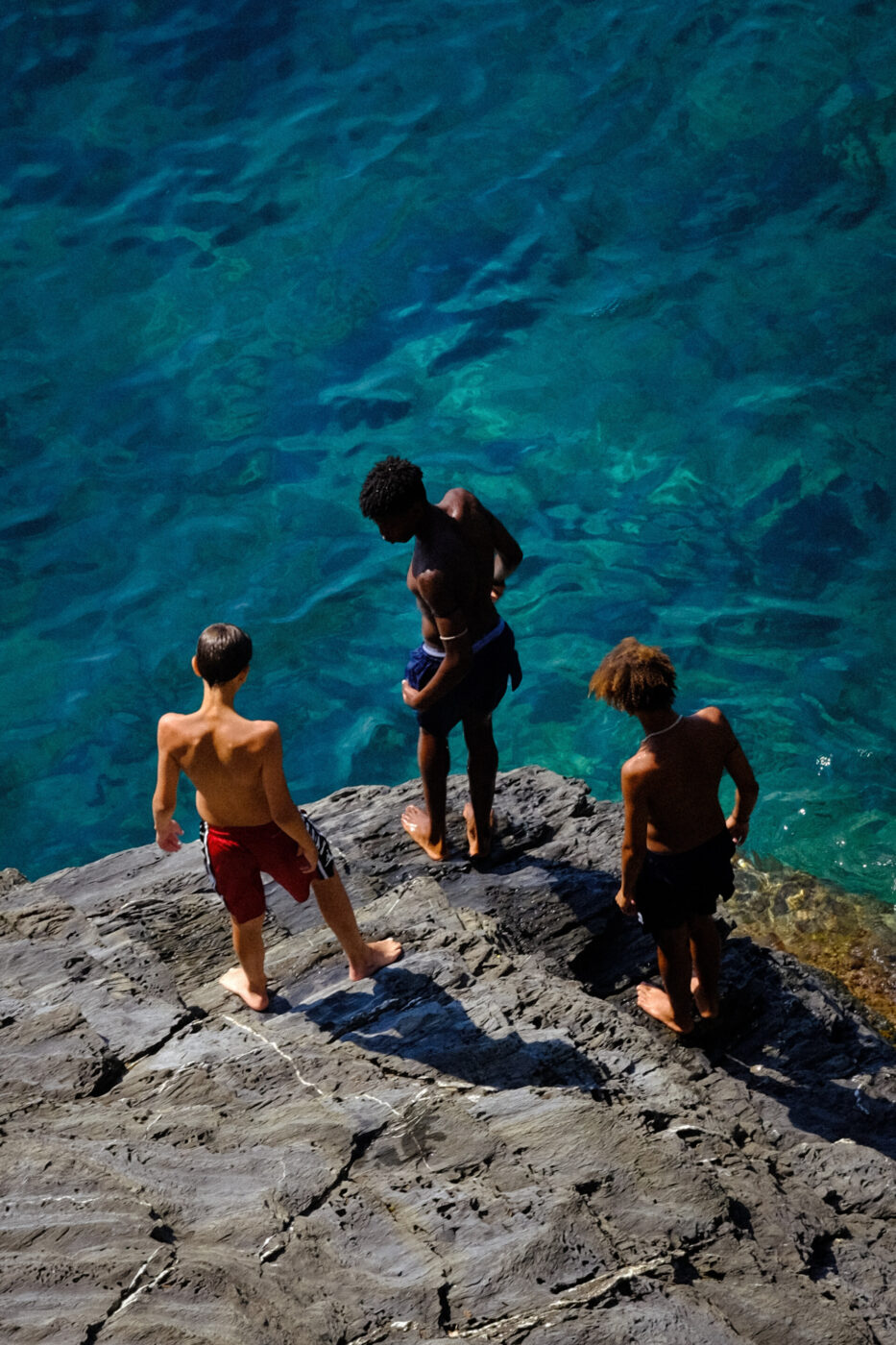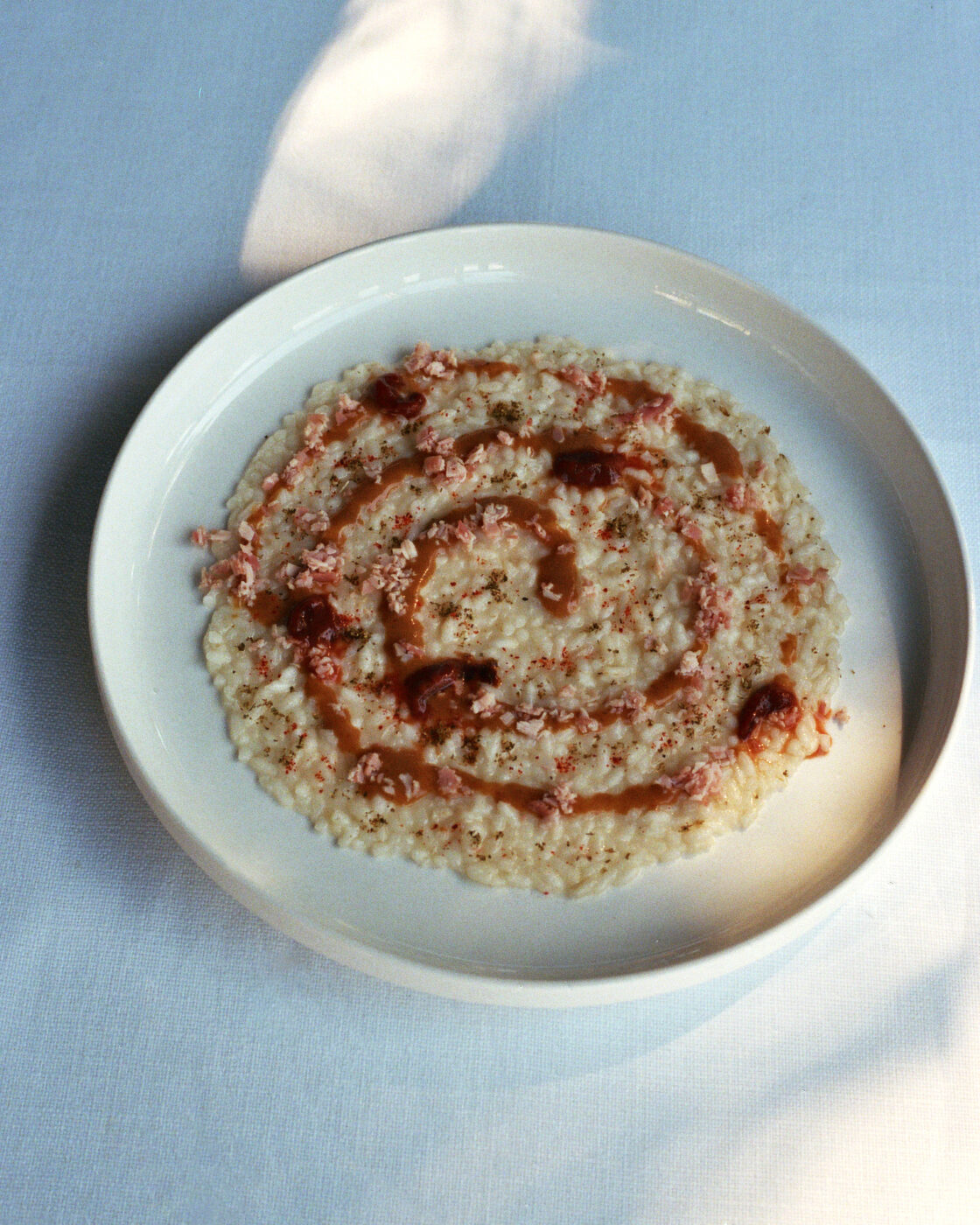“Ultima fermata, Ventimiglia” (“Last stop, Ventimiglia”) announces the metallic voice from the train’s speakers. Everyone off, as Italy ends here and France begins just a few meters away; we’re at the border. Outside the station, there’s a bustling crowd of students, commuters, and beachgoers with umbrellas in tow. Dozens of young people from North Africa or Sub-Saharan Africa prepare to traverse the last few meters to their destination. From Menton, the first town across the border, thousands pour in daily for shopping, dining, or to continue their journey into the Bel Paese beyond. In Ventimiglia, many arrive, but few stop to visit–a real shame.
Like all borderlands, Ventimiglia is a peculiar place, filled with traders, smugglers, and even pirates. The Black Corsair, a character ideated by writer Emilio Salgari in 1898, roamed the Caribbean seas in the author’s imagination. In reality, a statue of him welcomes visitors to Ventimiglia Alta, a hilltop village built to protect against sea invasions.
Amidst truth and fiction, Ventimiglia boasts at least a couple of identities. There’s Ventimiglia Bassa, with its station, orderly streets, beaches, and a handful of hotels–a sign that visitors here are merely passing through. Then there’s Ventimiglia Alta, a place resembling more a neighborhood of Naples than the rest of Liguria. Alleyways and narrow streets, children playing soccer in churchyards, cats lounging in the shade, and elders playing cards. If Ventimiglia Bassa is a seaside city with historic buildings and bustling streets, here feels like another dimension, where tales of sailors intertwine with those of the many families from Southern Italy who settled here after World War II. The tall, narrow facades of houses speak of better times, but while the neighborhood was neglected for years, signs of gentrification are now evident–updated street lighting, brand-new cobblestones, closed shops with “coming soon” signs, and, soon, even a new school.
Ventimiglia Alta’s historic quarter overlooks the new marina, built by Montecarlo to alleviate overbooking of the neighboring principality. To make the entire area more attractive, the Marina Development Corporation is buying spaces for services and commercial activities, such as the Antica Gelateria d’Autore and Ristorante Venti by chef Diego Pani (from the historic Marco Polo restaurant in Ventimiglia Bassa). The former makes the best gelato in town, with ornate seafoam green interiors, while the latter is an elegant place where you can dine on fish-forward plates under the stars surrounded by olive trees; its terrace overlooks the city below.
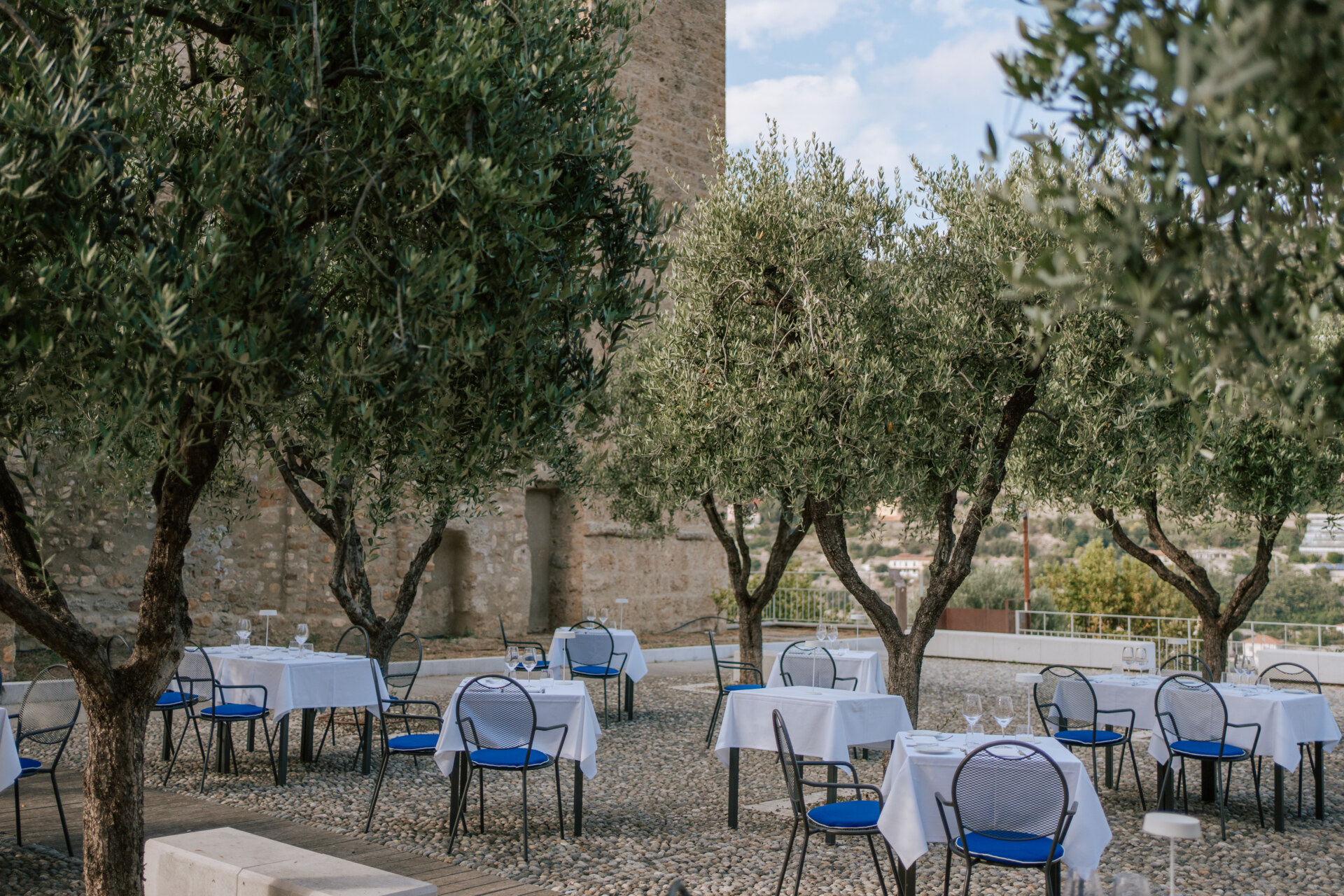
Venti Restaurant
While Ventimiglia Alta is emerging as a destination, Ventimiglia Bassa is dominated by tourist traffic. Visitors come from France and the rest of Liguria for the legendary Friday market or to shop at the covered market for fruits and vegetables, where farmers bring their produce on Tuesdays, Thursdays, and Saturdays. At the center of the market, stalls overflow with local delicacies such as Perinaldo artichokes, Vessalico garlic, Albenga “trombetta” zucchini, Valleggia apricots, and, of course, Genovese DOP basil. On the sides, delicatessens, bakeries, and food shops offer local cheeses and two culinary specialties: au pesugo ravioli filled with borage and cheese, and sardeinara (or pissaladiera), a focaccia topped with tomato, garlic, and anchovies. The market is a haven in an area that otherwise features restaurant menus tailored to French tourists.
In 2022, two restaurants earned Michelin stars, indicating a tourism and gastronomic revival: Casa Buono by chef Antonio Buono in Trucco, a small hamlet in Val Roia, and Enrico Marmo at Balzi Rossi, a historic restaurant perched above the area’s most famous beach. The latter is now one of the most exciting restaurants in the region, not just because of its cliffside terrace dining. Marmo utilizes the lean meat and vegetables of Liguria’s cornerstone cuisine, but creatively transforms them into dishes worthy of fine dining; don’t miss his version of cappon magro. The spot is attracting enthusiasts from far and wide, and soon, an entire neighborhood promises to do the same.
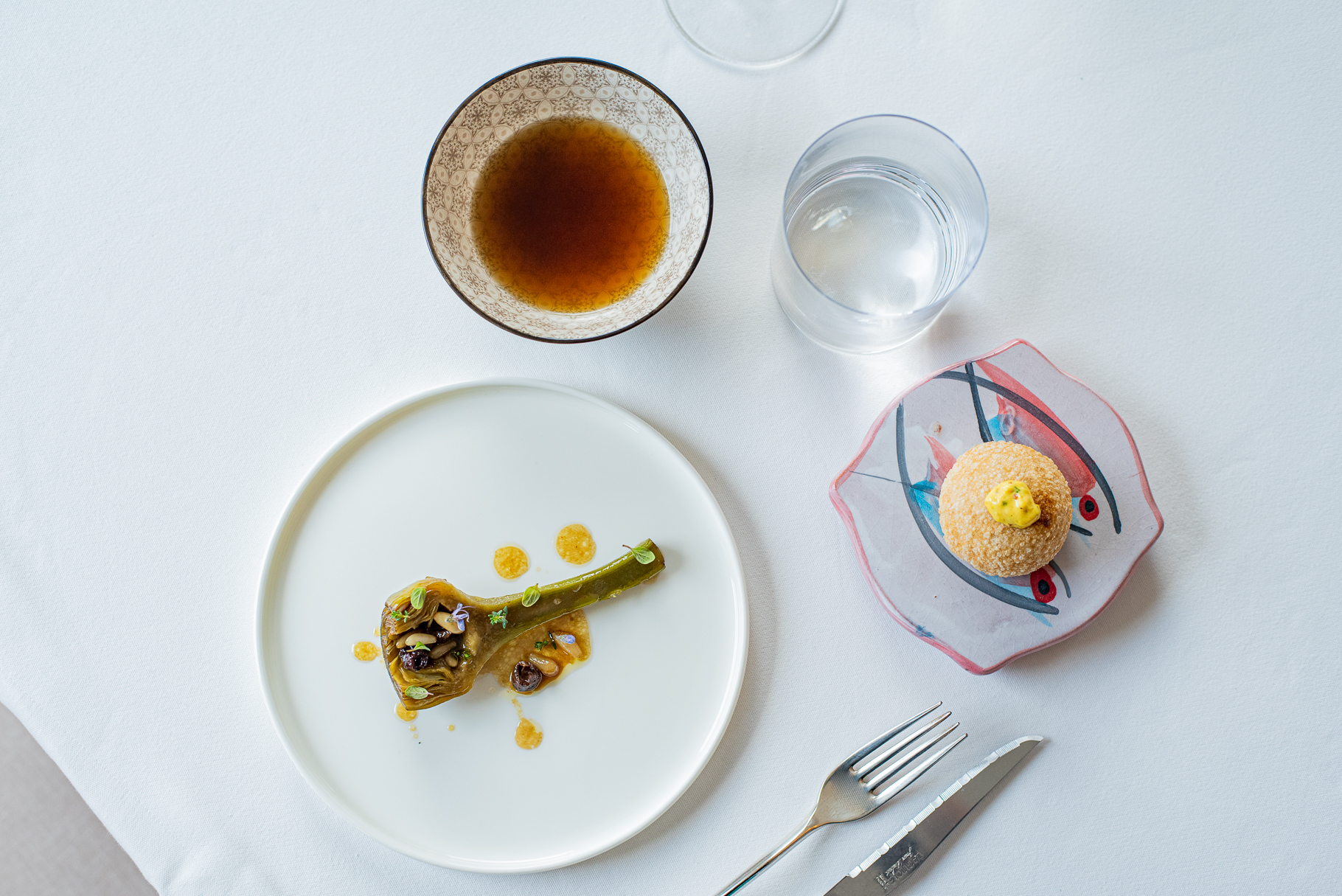
Balzi Rossi Restaurant
Ventimiglia is divided in two, with a steep hill and the village on one side, and the new city on the other, separated by the Roia River. A storm in 2020 destroyed the footbridge that allowed easy crossing and a beautiful stroll, but work is finally expected on a new structure to uplift the area of the new marina. It will be called Borgo Forte, where a five-star hotel, luxury tourist residences, an international campus, a public park, a pool, and everything needed to make Ventimiglia a destination will be built. New buildings will rise, and historic ones, like the former ACI (Italian Automobile Club) building in Piazza della Costituente, will be restored and a La Rocca restaurant will open within–a hub of the new food and beverage district, the builders promise.
For now, you can stroll along the docks and stop right in the center of the marina for an aperitivo at Baia del Forte. Enjoying the view feels like a spoiler of the future, and, on beautifully clear days, you can see the trees of the lush Hanbury Botanical Gardens, founded in 1867 on the Mortola promontory. In Roman times, the Via Aurelia, one of the oldest and busiest roads of antiquity, passed through here. Then English businessman Sir Thomas Hanbury opened a park that collected plants from Paris, South Africa, Australia, and the United States, and, since then, it’s been a world-renowned university research center.
“The Ligurians are of two categories: those attached to their places like limpets to a rock that you could never move, and those who have the world for a home and feel at home wherever they are,” said Italo Calvino. In Ventimiglia, they are of the latter kind.
What to do in Ventimiglia:
Le Calandre Beach – This is the favorite beach among locals, accessible via the path between Corso Toscanini and Passeggiata Funtanin. Here, soft sand leads right into the lovely waters Liguria is known for.
Hanbury Botanical Gardens – A UNESCO World Heritage Site, Hanbury Botanical Gardens offer awe-inspiring vistas of the sea and encompass nearly 45 acres of meticulously tended terrain showcasing both indigenous and exotic botanical varieties. Acquired by the Englishman and budding botanist Thomas Hanbury in 1867, this site was selected for its fertile soil and temperate climate, providing an ideal environment for cultivating plant species that would otherwise struggle in his homeland.
Mercato Coperto – This covered market opens at 7 AM from Monday through Saturday. You’ll find all the bounty of the region, from meats and cheeses to Perinaldo artichokes, Vessalico garlic, Albenga “trombetta” zucchini, Valleggia apricots, and, of course, Genovese DOP basil.
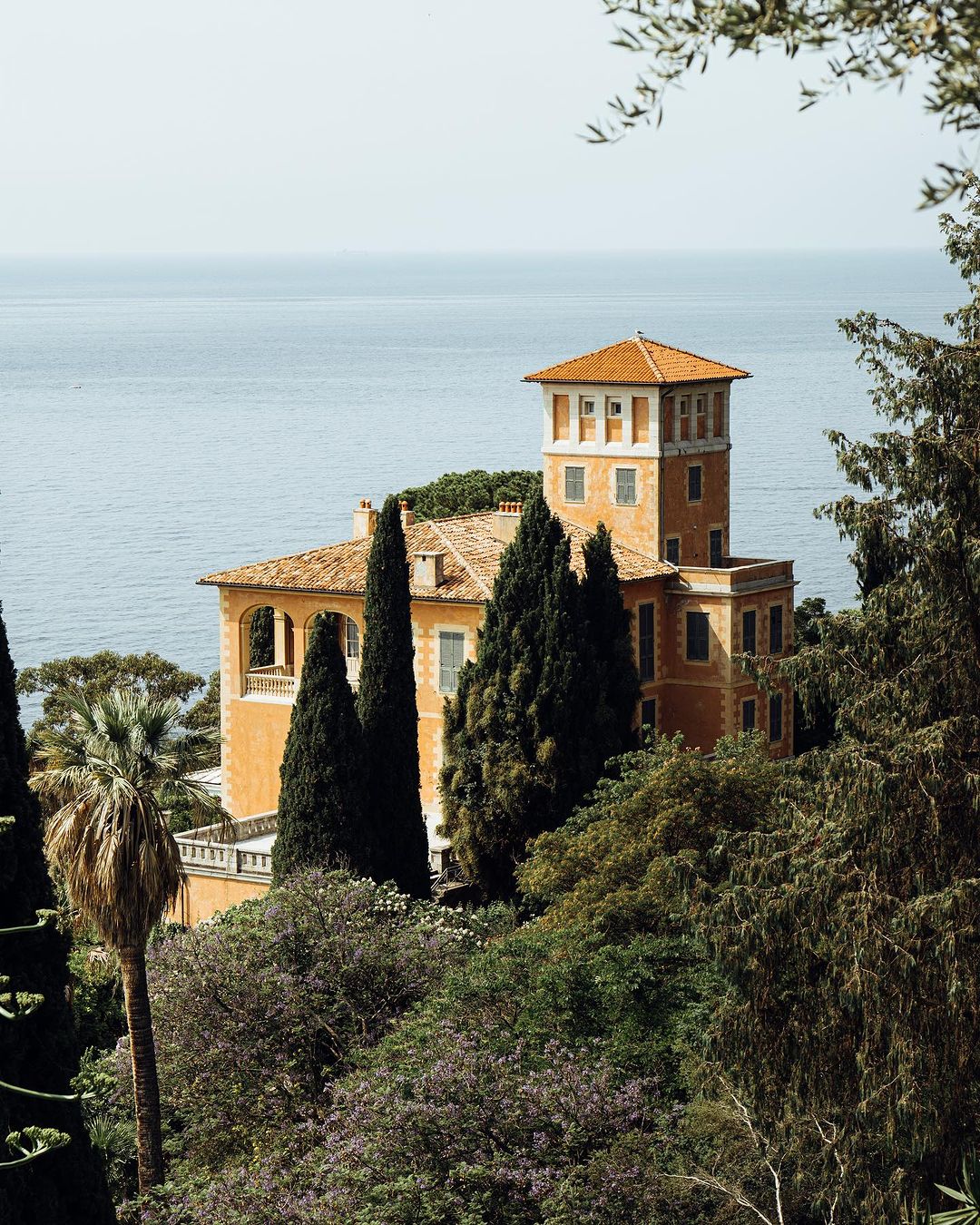
Hanbury Botanical Gardens - Courtesy of Genova University
Where to eat and drink in Ventimiglia:
Balzi Rossi – This one-Michelin-star restaurant by chef Enrico Marmo means exciting things for the area. His reinterpretations of Ligurian classics can be sampled in a tasting menu or a la carte, best paired with a selection from the natural-forward wine list.
Antica Gelateria d’Autore – This family-run artisanal gelateria is seriously charming with seafoam green interiors and an ornate chandelier-clad ceiling. Don’t miss the “Bacio del Corsaro” flavor.
Ristorante Venti – From chef Diego Pani, this bistro focuses on Mediterranean cuisine with a special focus on delicacies of the sea. Relish the spaghetti alle vongole amidst olive trees in Ventimiglia Alta.
Ristorante Marco Polo – Diego Pani is also behind this historic restaurant in Ventimiglia Bassa, right on the sea. The decor makes it feel almost like you’re dining on a moored boat. You must order the “Gran fritto del golfo in olio extra-vergine di oliva”, a house specialty of fried fish.
Enoteca Consani – A go to come aperitivo time, this wine shop and bar is the perfect place to discover local Ligurian labels, to be sipped alongside some perfectly oily squares of the region’s famed focaccia.
